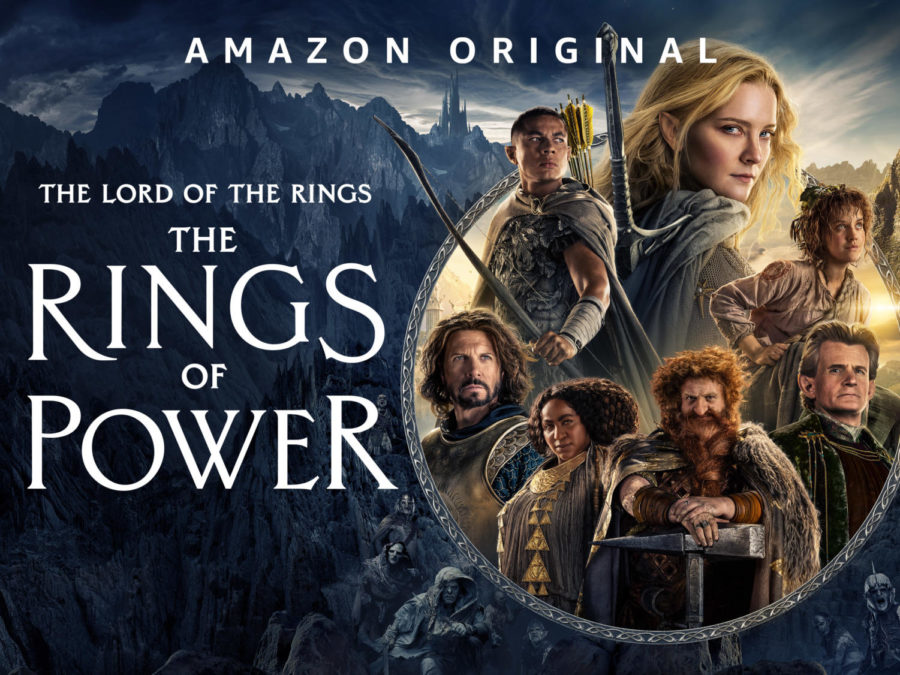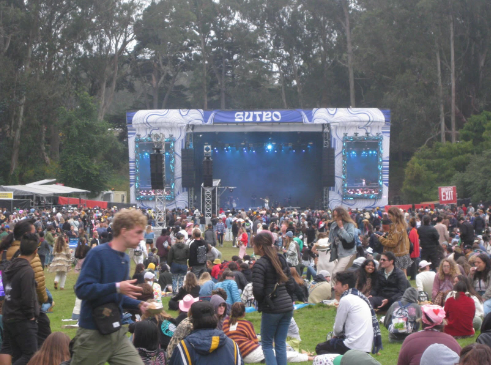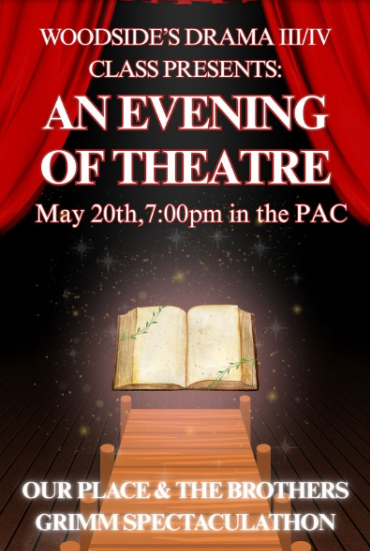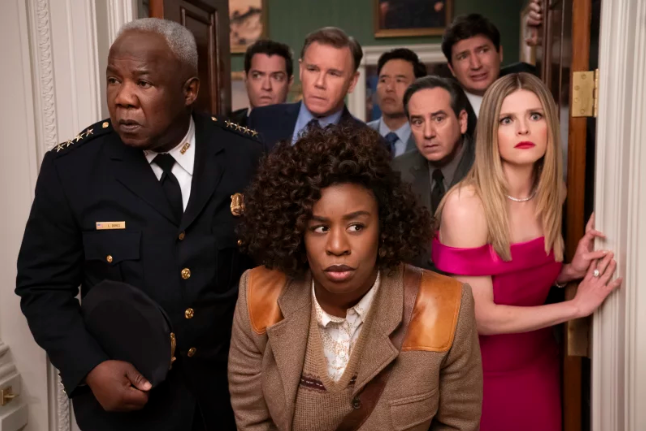Amazon recently released and completed the first season of its new TV series “Rings of Power”, a prequel to the Lord of the Rings books and movies. For all its well-made features, the production also has a couple disappointing aspects.
The show follows the progression of several main characters: Galadriel, an elf commander seeking to avenge the death of her brother by destroying the orcs and their leader (who is seen in the novels/movies 5000 years later) Nori, a harfoot longing for an adventure, and Elrond, a half-elf politician figure who seeks a way to preserve the dying Elf race through dwarven assistance. Other important characters include Arondir, Halbrand, Isildur, Prince Durin, and many more.
Throughout the series, various key things happen, including the transformation of the Southlands into Mordor, the discovery of mithril, the forging of the rings, and perhaps ultimately, the discovery of Sauron being very much alive, as well as being Halbrand.
To many die hard LOTR fans, the show was greatly disappointing, as it heavily diverged from the Lord of the Rings books originally written by author and World War I veteran J.R.R. Tolkein.
With any translation of media, whether it be book to TV show, or TV show to book, one expects some aspects of the original to be altered and for new additions or changes . One would fully expect that the Lord of the Rings books would not be perfectly captured in the TV show and that the directors would perhaps add new fillers to cover for this. This they do, with the introduction of harfoots, a proto-hobbit species, numerous new characters (Arondir, for example, a key elven soldier patroling the human Southlands), and the creation of Mordor through a sword and a dam.
Critics of the series mention how little time is spent on the actual forging of the rings, despite the name and this being a crucial aspect of the books and movies. Only in a snippet of the finale are the rings shown being crafted, with instead most of the story focusing on the peoples inhabiting Middle Earth and other land in the Lord of the Rings.
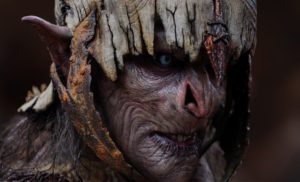
The script could have been a bit less predictable – I found myself guessing aloud correctly the words before they came out of the actors’ mouths. There also seemed to be occasional unexplained gaps in the plotline. For example, when the force of Númenóreans arrive in Middle Earth along with Galadriel and Halbrand, there is no explanation for how they immediately know to go towards the human village in peril.
However, despite these grievances for Lord of the Rings aficionados, the TV show proves to be actually not that bad.
There are a number of strengths in the TV show, including the intriguing characters, the beautiful design, the plot, and the action scenes. The plotline was compelling and boosted my interest in the show, despite its occasional flaws.
Ultimately, the show was only mildly disappointing, at least from the perspective of a LOTR admirer but not quite a devotee. It was very much still watchable and I even enjoyed watching it. As of now, it’s too early to come to a conclusion on the series – perhaps the second season will prove far better.


